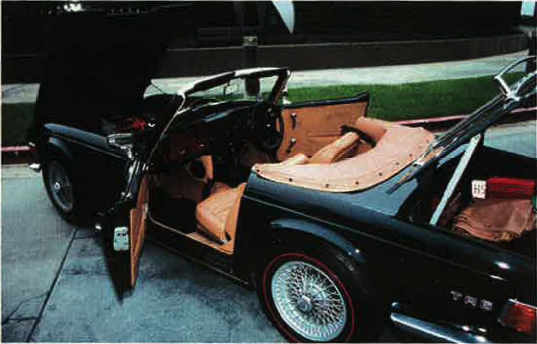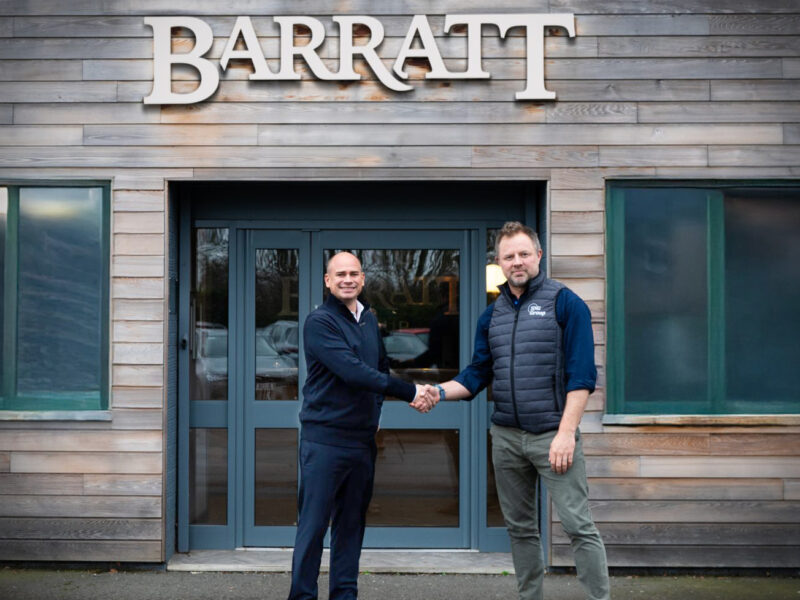By Wiley Davis
First I opened the driver’s side door. Next I instructed my passenger to open her door. Then I lifted the bonnet and opened the glove box.
“Are you looking for something?” my passenger asked.
“No,” I said. “I’m fixing the car. It’ll just be a minute.”
“Okay,” she said, looking perplexed.
I walked around to the rear of the 1971 Triumph TR6, my first car, and opened the boot. That should do it, I thought to myself and climbed back into the driver’s seat. I turned the key and the starter whined. The starter continued to whine. It whined some more, but the car refused to start. My passenger continued to look perplexed. Damn, I thought to myself. That usually does the trick. Then I noticed I had forgotten to open the ashtray. I popped it open and hit the ignition switch again while trying to avoid showing any signs of worry. The starter whined. The engine coughed and then roared. Black smoke blew from the tailpipes and we were, once again, in business. We shut the boot, the bonnet, the doors, the glove box, and the ashtray, and continued on our way. Lickety split.
That was how I fixed things when I was 16 years old. It was a mixture of logic, ingenuity, and good old-fashioned superstition. At that time, I was at the beginning of a yearlong automotive education involving British automobiles. I had yet to spend fretful hours by the roadside wondering why my left rear wheel had broken off or why the turn signal switch smelled like it was on fire (because it was, I later found out). At the time, you see, I had no idea what I was doing…but I knew what worked. In the above-mentioned case—when the car would suddenly stop running for no apparent reason—opening every openable compartment on the car would make it start again. In those days, I had no idea as to why this worked, I just knew that it did. I also enjoyed the procedure’s mystifying effect on passengers. All of them would scoff and make fun, but their skepticism quickly turned to awe when the TR6 would fire up immediately after the ritual. They were suddenly privy to some sort of inside ceremony, a bit of magic that was somehow lacking in their Honda Civics*.
The ritual had to be performed several times per week and invariably it happened while I was giving rides. Word began to spread about the strange rite that would make the car run. High school kids talk and it wasn’t long before I had people I barely knew asking me for a ride in the “voodoo car.” What was, essentially, a fault, had become a valued (sort of) asset that lent an amusement park air to the concept of transportation. The TR6 would play tricks. It never stayed still, always throwing a new curveball, testing the mettle of a naive teenager. I remember showing up late for first period class and being grilled for an excuse by the teacher. Apparently, having to adjust the points on one’s automobile before driving to school does not qualify as a justifiable excuse in the eyes of some faculty members.
Like most superstitions, however, the ritual of the open compartments was killed by a bit of (somewhat) scientific testing. It turned out that the ignition coil was to blame. When the engine had been running for a given amount of time (especially at high RPM), the coil would overheat and stop functioning. Opening all the compartments on the car gave the coil enough time to cool down, allowing the engine to start up again. I can’t remember exactly how this ritual came to be. My guess is that I was probably searching for a tool, and having looked in every compartment to no avail, decided to try the starter again…just to see. From this, it is clear how such a superstition could have evolved.
Replacing the coil fixed the problem and put an end to the ritual. However, it was the beginning of another ritual that has become too common…being stopped by the police. Installing the new coil was a guess. I thought it would fix the problem, but I wasn’t sure that it would. Testing was necessary. I took the TR6 out for a spin, attempting to replicate the circumstances that usually caused the engine to die. Unfortunately, this meant driving at a speed of at least 60 miles per hour. The road on which I was driving had a speed limit of 30 miles per hour and a well-positioned member of local law enforcement. I was pulled over for the first time in my life and had to explain that my excess speed was required to test the new coil. The police officer saw the sense in this, but added, “You should have gotten on the freeway to test that.”
“I would have,” I said. “But I don’t have enough gas to get back home if I did.” He looked at my gas gauge and saw that it was well below the E mark.
“Well, slow down and have a nice night,” he said.
Solving the coil problem may have eliminated a superstition, but it led to a miracle—the only ticket I’ve ever talked my way out of. Try that in a Honda Civic*.
*Author’s note: The Honda Civic is used here only as a representation of supreme reliability. The author thinks Civics are wonderful automobiles and does not harbor any grudge. The Civic makes for an excellent juxtaposition because it is the complete opposite of a British sports car: what it lacks in personality it makes up for in utility.








'Ritual' has no comments
Be the first to comment this post!